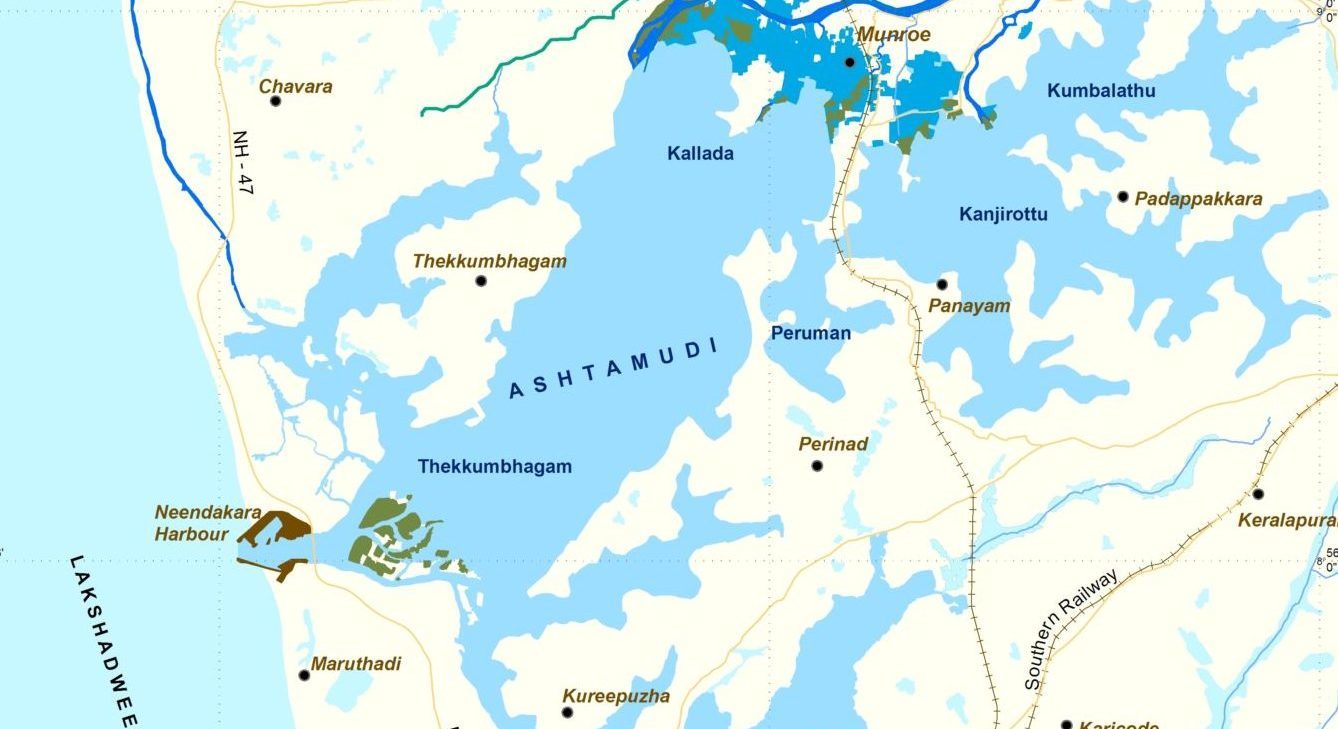
Integrated management planning
-
Integrated management planning
Wetlands in South Asia are one of the most embedded and interlinked ecosystems with human livelihoods. Management of wetlands therefore needs to recognize human beings as a part of the ecosystem. Conventional protected area led management approaches, which exclude humans and do not place wetland functioning within the context of the wider landscape, are unsuitable for managing a large category of wetlands. It is under these pretexts that the Ramsar Convention recommends adoption of “wise use” principles as management approach.
Wise use of wetlands involves their sustainable utilization for the benefit of humankind in a way compatible with maintenance of natural properties of the ecosystem. Securing wise use needs putting in place a strategically guided management which takes into account the full range of wetland ecosystem services and biodiversity, and the underlying components and processes which enable delivery of these features. Management planning process enables identification of wise use pathway for each site.
Assisting state governments and wetland management authorities in developing and implementing integrated management plans is one of the significant work areas of Wetlands International South Asia. We adopt a diagnostic approach for management planning, entailing detailed evaluation of hydrological, ecological, socioeconomic and institutional features of wetlands and their conditioning factors to arrive at management solutions tailored to the needs of the site.
Some of the wetlands for which we have formulated management action plans include Loktak (Manipur), Chilika (Odisha), Kolleru (Andhra Pradesh), Sasthamcotta, Ashtamudi and Vembanad-Kol (Kerala), Kanwar Jheel (Bihar), Rudrasagar (Tripura), Hirakud Reservoir (Odisha) and Chandrabhaga (Gujarat).
